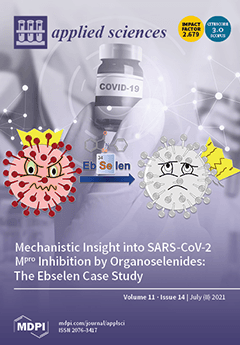Open AccessArticle
Modified Contrast-Detail Phantom for Determination of the CT Scanners Abilities for Low-Contrast Detection
by
Moshi Geso, Salem Saeed Alghamdi, Abdulrahman Tajaldeen, Rowa Aljondi, Hind Alghamdi, Ali Zailae, Essam H. Mattar, Nissren Tamam, Abdullah Aljehani, Hiba Omer and Abdelmoneim Sulieman
Cited by 3 | Viewed by 3758
Abstract
Computerised tomography (CT) continues to be a corner stone medical and radiologic imaging modalities in radiology and radiotherapy departments. Its importance lies in its efficiency in low contrast detectability (LCD). The assessment of such capabilities requires rigorous image quality analysis using special designed
[...] Read more.
Computerised tomography (CT) continues to be a corner stone medical and radiologic imaging modalities in radiology and radiotherapy departments. Its importance lies in its efficiency in low contrast detectability (LCD). The assessment of such capabilities requires rigorous image quality analysis using special designed phantoms with different densities as well as variation in atomic mass numbers (A) of the material. Absence of such ranges of densities and atomic mass numbers, limits the dynamic range of assessment. An example is Catphan phantom which represents only three subject contrast levels 0.3, 0.5 and 1 per cent. This project aims to present a phantom with extended range of available subject contrast to include very low-level values and to increase its dynamic scale. With this design, a relatively large number of different contrast objects (holes) can be presented for imaging by a CT scanner to assess its LCD ability. We shall thus introduce another LCD phantom to complement the existing ones, such as Catphan. The cylindrical phantom is constructed using Poly (methyl methacrylate) (PMMA), with craters (holes) having dimensions that gradually increase from 1.0 to 12.5 mm penetrated in configuration that extend from the centre to the corner. Each line of the drilled holes in the phantom is filled with contrast material of specific concentrations. As opposed to the phantom of low detail contrast used in planar imaging, the iodine (contrast material) in this phantom replaces the depth of the phantom holes. The iodine could be reduced to 0.2 l milli-Molar (mM) and can be varied for the next line of holes by a small increment depending on the required level of contrast detectability assessment required.
Full article
►▼
Show Figures





